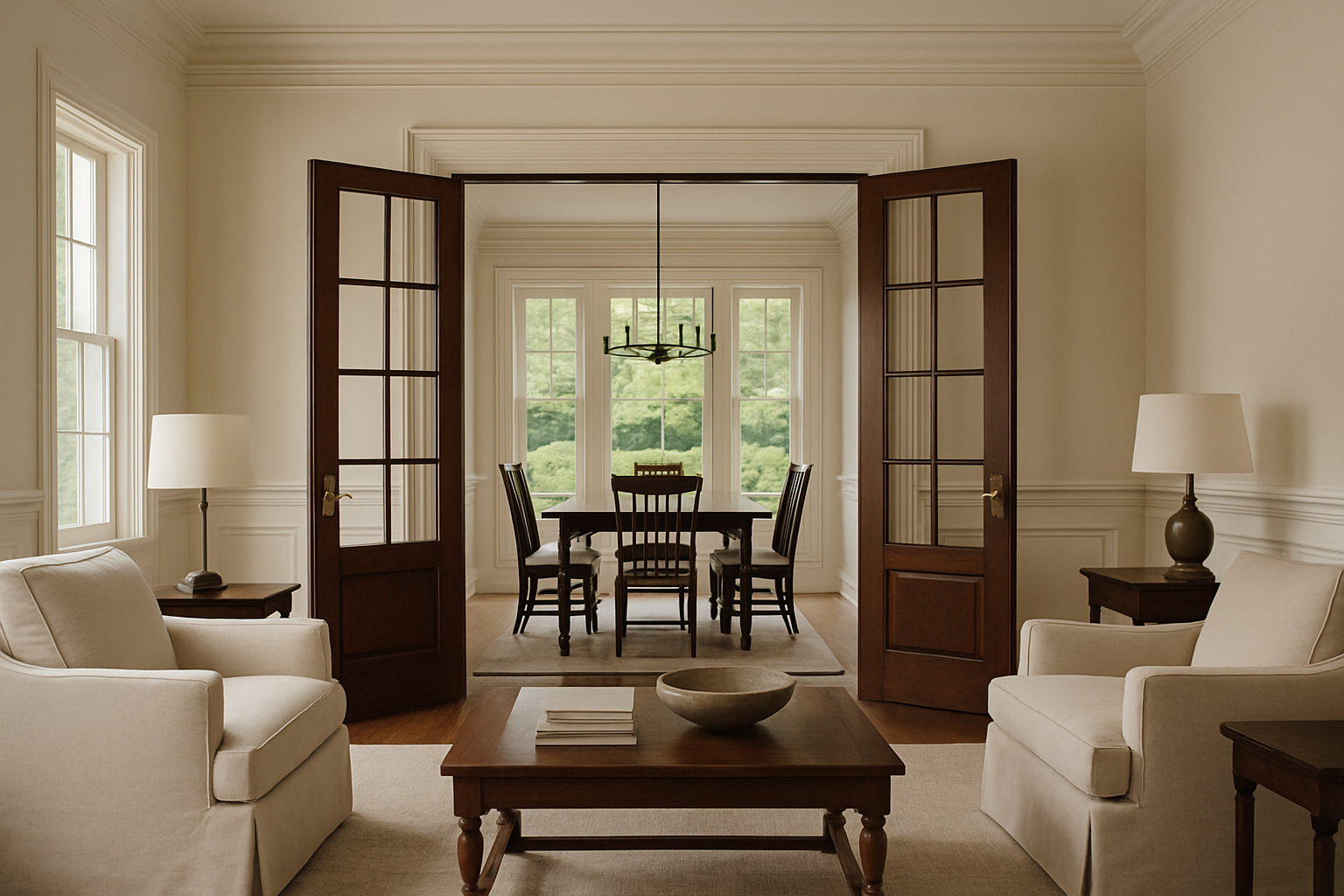Revamping Tradition: The Rise of Modern Colonial Interior Design
Introduction: Dive into the resurgence of colonial interior design, now reimagined with a modern twist. From the grandeur of Georgian-style architecture to the charm of Dutch colonial aesthetics, we delve into how contemporary design principles are breathing new life into these timeless styles.

A Glimpse into Colonial Interior Design’s Past
Colonial interior design is deeply rooted in history, spanning various cultures and continents. It began in the 16th century when European countries established colonies worldwide. The architectural and design elements of these colonies reflected the aesthetics of their mother countries, but with unique adaptions to local climates, landscapes, and materials. Today, we see echoes of these styles in homes worldwide, from the stately manors of the American South to the rustic farmhouses of the Dutch countryside.
The Modern Revival of Colonial Design
In recent years, there’s been a resurgence of interest in colonial design. But this time, it’s not about faithfully recreating historical styles. Instead, designers are taking the best elements of colonial aesthetics—such as symmetry, attention to detail, and craftsmanship—and blending them with modern design principles. The result is a style that feels both timeless and fresh, striking a balance between the old and the new.
Practicality and Market Trends
Modern colonial design is more than just a stylistic choice—it’s also highly practical. The symmetry inherent in colonial architecture lends itself well to modern open floor plans, allowing for easy movement and a sense of spaciousness. Meanwhile, the craftsmanship embodied in colonial design aligns with the current trend towards quality and sustainability in home décor. As a result, modern colonial design is gaining traction in the market, appealing to homeowners who want a touch of historic charm without sacrificing modern comforts.
Enhancing Daily Living
At its heart, modern colonial design is about enhancing daily living. It’s about creating spaces that are both functional and beautiful, where every piece of furniture, every architectural detail, and every decorative element serves a purpose. This is a design aesthetic that values both form and function, making it an excellent choice for homeowners who want their homes to be not just stylish, but also livable.
Research-Backed Benefits
Research supports the benefits of modern colonial design. Studies have shown that symmetry, a key element of this style, can evoke feelings of stability and calm. Meanwhile, the use of natural materials, another hallmark of colonial design, has been linked to improved mental wellbeing. By incorporating these elements into their homes, homeowners can create spaces that are not just aesthetically pleasing, but also psychologically beneficial.
The modern revival of colonial interior design is a testament to the enduring appeal of this historic style. By blending the best of the old with the new, it offers a fresh take on traditional design, proving once again that when it comes to home décor, everything old can be new again.





